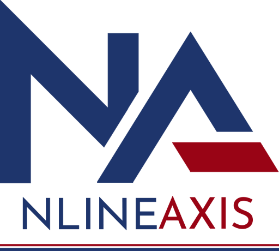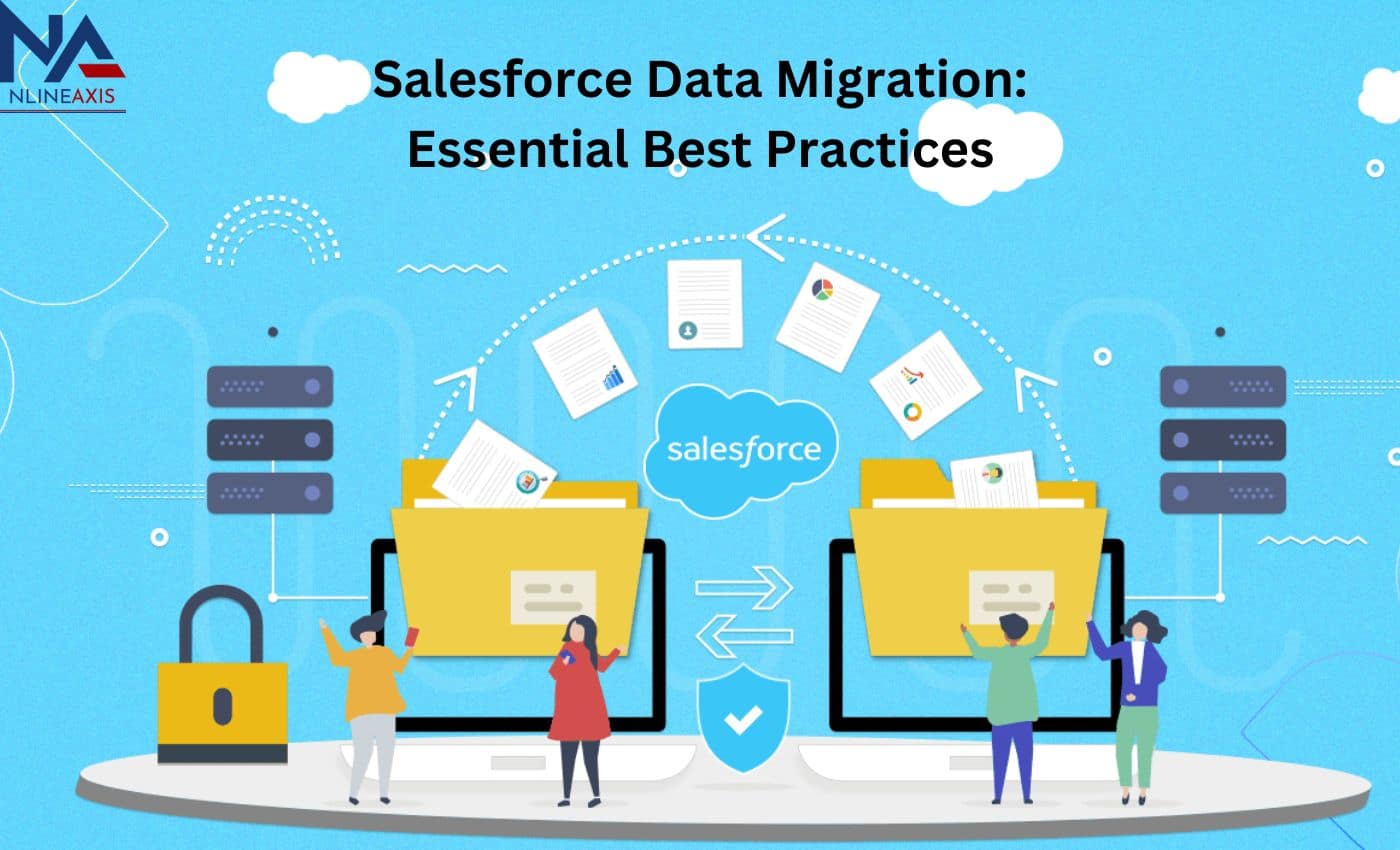Salesforce Data Migration: Essential Best Practices
The objective of data migration seems straightforward: centralizing data or synchronizing key data across multiple locations. However, organizations often encounter significant challenges when attempting to migrate data into or out of their Salesforce environments. The primary culprit? Time consumption. Data migration demands considerable time and effort, compounded by organizational and technical obstacles that must be overcome.
Here, we are sharing best practices gleaned from our expertise in data migration to aid organizations in navigating this intricate process smoothly!
Challenges in Salesforce Data Migration:
Before delving into best practices, it’s crucial to recognize the hurdles that organizations commonly face during Salesforce data migration:
Underestimation of Time and Resources:
Leadership often underestimates the time and resources required for data migration projects. This misconception leads to unrealistic timelines and inadequate allocation of resources, resulting in project delays and budget overruns.
Lack of Comprehensive Planning:
A significant challenge lies in the absence of a well-defined migration plan. Failure to identify data ownership, understand business use cases, and assess technological capabilities leads to confusion and inefficiencies during migration.
Complexity of Data:
Salesforce data encompasses various complexities, including parent-child relationships, triggers, and workflows. Managing such intricate data structures demands meticulous planning and execution to ensure data integrity and consistency.
Oversight Issues:
The lack of oversight in data migration processes can lead to errors and inconsistencies. It’s essential to establish clear protocols for monitoring data migration progress and resolving issues promptly to mitigate risks.
Neglecting Upstream Migrations:
Organizations often overlook upstream migrations, focusing solely on downstream data movement. This oversight can result in compatibility issues and hinder seamless integration with existing systems.
Best Practices for Salesforce Data Migration:
To overcome the challenges associated with Salesforce data migration, organizations must adhere to the following best practices:
Data Identification:
Begin by identifying the data sets that need to be migrated. Determine which Salesforce objects require migration and establish clear criteria for selecting data, considering factors such as relevance, accuracy, and compliance requirements.
Template Creation:
Develop standardized templates for data migration to ensure consistency and efficiency. These templates should encompass data mapping, transformation rules, and validation criteria, facilitating the replication of migration processes across different datasets.
Data Population and Validation:
Prioritize data quality by thoroughly reviewing and validating the populated templates. Conduct test migrations with a subset of data to identify and rectify any discrepancies or errors before proceeding with full-scale migration.
Destination Organization Preparation:
Prepare the destination Salesforce org to receive migrated data effectively. This involves configuring data fields, establishing data relationships, and ensuring compatibility with existing workflows and processes.
Comprehensive Data Validation:
Before finalizing the migration, perform comprehensive data validation to verify the accuracy and completeness of migrated data. Leverage tools such as Flosum’s Data Migrator to identify and resolve any anomalies or inconsistencies proactively.
Conclusion:
Salesforce data migration is a critical endeavor that requires meticulous planning, execution, and oversight. By understanding the challenges involved and adopting best practices, organizations can streamline the migration process and maximize the value of their Salesforce investments. Embracing a proactive approach to data migration not only ensures data integrity and consistency but also enhances organizational efficiency and agility in adapting to evolving business requirements. With a solid foundation of best practices in place, organizations can embark on their Salesforce data migration journey with confidence and achieve optimal outcomes.
In the intricate landscape of Salesforce data migration, navigating through complexities requires expertise and strategic planning. At Nlineaxis, we offer comprehensive services ranging from Salesforce consulting, application development, migration, integration, to managed services. If you’re seeking an ideal partner to facilitate your Salesforce data migration journey, look no further than Nlineaxis. Our expertise and tailored solutions empower organizations to unlock the full potential of their Salesforce environments while ensuring seamless data migration and integration.


